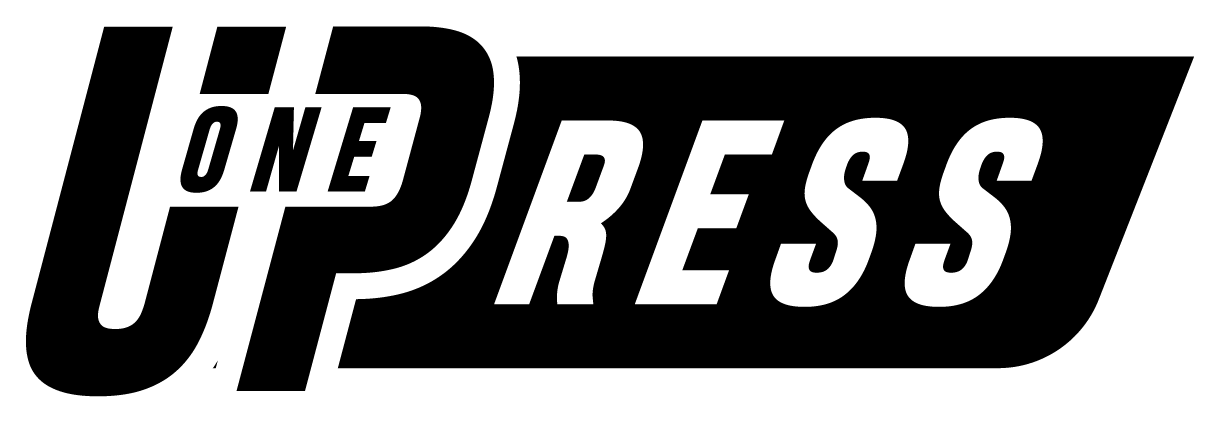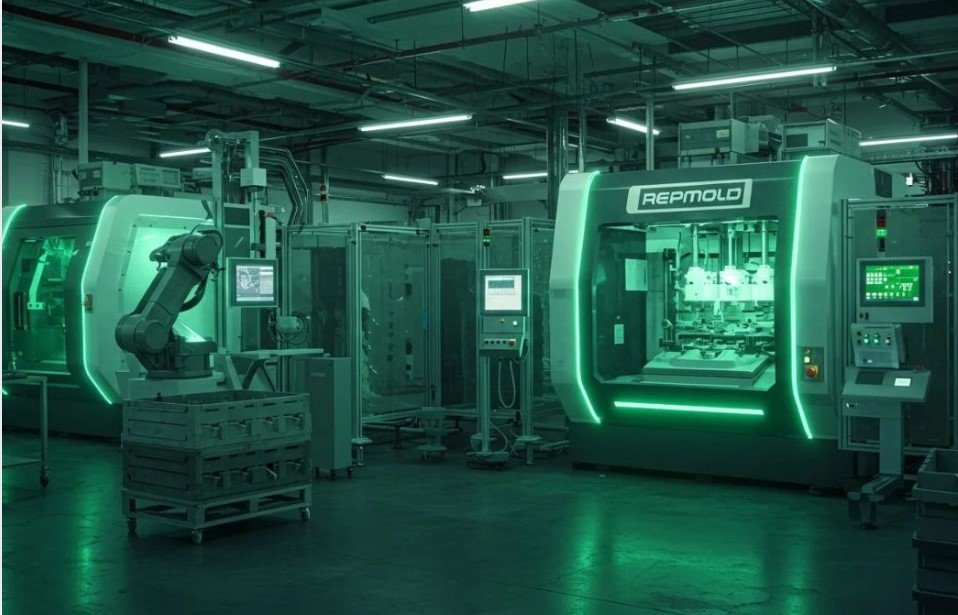The manufacturing and molding industries are constantly seeking new methods to improve efficiency, reduce waste, and lower production costs. In this rapidly evolving landscape, Repmold has emerged as a game-changer, providing an innovative approach to mold restoration and replication. As industries continue to push the boundaries of technology, Repmold is positioned as a leading solution, offering faster prototyping, reduced lead times, and a more sustainable approach to mold-making.
Whether you’re a manufacturer, designer, or engineer, understanding how Repmold works and its industry applications can help you stay ahead of the curve in 2025 and beyond. In this article, we will dive into the key features of Repmold, its workflow techniques, and how businesses can leverage this technology for a competitive edge.
What is Repmold?
Repmold is an advanced workflow process designed to restore or create precise replicas of molds. It combines traditional molding methods with digital technologies like 3D scanning, Computer-Aided Design (CAD) cleanup, and additive manufacturing (3D printing) to replicate or repair molds with incredible accuracy. This process is particularly beneficial when businesses need to quickly prototype, repair worn molds, or produce low-volume parts without the high upfront costs associated with traditional steel tooling.
The primary benefit of Repmold is its ability to reduce waste, shorten lead times, and preserve intellectual property—all while maintaining high-quality standards. The 2025 update to the Repmold workflow emphasizes speed and sustainability, which makes it the go-to choice for manufacturers looking to innovate quickly and responsibly.
How Repmold Works: Core Techniques
The Repmold workflow begins with the accurate capture of the master part or worn mold. From there, engineers and technicians apply a combination of digital scanning, CAD design, and additive manufacturing or subtractive methods to create a new mold cavity. Let’s explore these core techniques in detail:
1. Digital Scanning and CAD Cleanup
The first step in the Repmold process is capturing the master mold or worn part using high-resolution digital scanners. These scanners create a precise digital replica of the part, including detailed wear patterns and geometries that may not be visible to the naked eye.
Once the scan is complete, engineers clean up the data in CAD software. This step is crucial, as it allows for the correction of any geometry issues or imperfections in the digital model. By adjusting the digital replica before creating the new mold, the Repmold process significantly reduces trial cycles and ensures that the replicated mold will function just as effectively as the original.
2. Additive or Subtractive Methods
Once the CAD model is refined, manufacturers have the option to use either additive or subtractive methods to create the mold inserts or soft masters. In additive manufacturing, 3D printing is commonly used to produce mold inserts or cores. This approach allows for intricate designs and rapid prototyping with minimal material waste.
Alternatively, subtractive methods, such as CNC machining, can be employed to create durable mold cavities from solid materials. These hybrid approaches—combining 3D printing for intricate features and CNC machining for final mold surfaces—allow for a balance of speed, precision, and durability.
3. Casting or Machining the Final Mold
Once the mold inserts or soft masters are created, manufacturers cast or machine a durable mold around them. This step is where the actual mold is produced for use in production runs. For short runs or prototype testing, this process can be done with lower-cost materials that don’t require the lengthy and expensive steps of creating steel tooling.
By using this combination of methods, the Repmold process delivers highly accurate, low-cost molds in a fraction of the time required by traditional methods.
Materials and Tools Used with Repmold
Repmold is designed to be flexible, using a wide range of materials and tools that are selected based on the application’s specific needs. Here’s a breakdown of the materials and tools commonly used in the Repmold workflow:
1. Materials
The choice of materials depends on the intended use of the mold and the part being produced. Common materials used in Repmold workflows include:
- Engineering Polymers: These are often used for creating inserts or soft masters, especially when a quick prototype is needed.
- Metal Composites and Specialty Resins: These materials are used for high-precision mold inserts and for producing durable molds that will undergo several iterations.
- Hardened Steel: For large production runs, steel molds are still the preferred choice due to their durability and ability to withstand long-term wear.
The right material is chosen based on factors such as part tolerances, expected cycle life, and production volume. Repmold allows businesses to balance performance and cost by choosing materials that best meet their needs.
2. Tools
The tools used in the Repmold process vary from desktop 3D printers to large-scale industrial equipment. These tools help shape the inserts, cores, and final mold cavities. Common tools include:
- 3D Printers (Additive Manufacturing): Used to create intricate mold inserts and soft masters with high precision.
- CNC Mills and Lathes (Subtractive Manufacturing): Used for shaping the final mold cavities from solid materials.
- Probe Scanners: Used for inspecting molds and ensuring that the parts meet design specifications.
- Inspection Equipment: Tools for quality control to verify dimensions, surface finishes, and other key characteristics of the mold.
By combining these tools, manufacturers can produce high-quality molds with speed and flexibility.
Repmold vs. Traditional Molding Methods
While traditional molding methods have long been the standard in manufacturing, Repmold offers several distinct advantages, especially for low-volume production, prototypes, and mold repairs.
1. Lower Cost and Faster Turnaround
Traditional mold-making often relies on steel tooling, which can be expensive and time-consuming to produce. For small batches or prototyping, Repmold provides a more affordable and faster solution by avoiding the need for full steel tooling. This can significantly reduce the upfront costs and lead times.
2. Improved Flexibility
Repmold offers greater flexibility in adapting molds to design changes or updates. Since the process uses 3D printed inserts or machined components, it’s easier to modify the mold for different iterations without the need for entirely new tooling.
3. Challenges with High-Volume Production
While Repmold is ideal for prototypes and low-volume production, it may not be the best option for extremely high-volume runs. Steel tooling still remains the gold standard for durability and per-part cost efficiency in large-scale production. Parts made using Repmold inserts may experience faster wear or different thermal behaviors when exposed to high-volume production cycles.
Industry Applications of Repmold
The versatility of Repmold allows it to be used across a variety of industries. Some of the most common applications include:
1. Automotive Industry
Automotive suppliers often use Repmold for fit testing, small production runs, and development stages. Since automotive parts frequently undergo changes during development, Repmold allows manufacturers to test prototypes and small runs quickly without the need for expensive steel tooling.
2. Medical Device Manufacturing
In the medical field, Repmold is ideal for producing patient-specific tooling and small clinical trial batches. It enables manufacturers to create highly customized molds that meet the specific needs of individual patients or clinical trials.
3. Consumer Products
Repmold is also widely used in the production of consumer products, where speed and flexibility are critical. The ability to quickly test color, texture, and fit helps product designers verify their concepts before committing to large-scale production.
Economic Benefits and Cost Considerations
One of the key reasons for adopting Repmold is its ability to reduce costs while accelerating product development. The benefits of Repmold are especially evident in short-run production, prototyping, and mold repairs.
1. Reduced Tooling Costs
Repmold significantly reduces the upfront cost of tooling, especially for low-volume runs. The cost of digital scanning, CAD cleanup, and 3D printing is far lower than traditional steel tooling. This allows businesses to test designs and validate products quickly and affordably.
2. Faster Time to Market
By shortening lead times, Repmold accelerates the time it takes to bring a product to market. This faster turnaround is critical in industries where product development cycles are tight, such as consumer electronics or automotive parts.
3. Sustainability Benefits
Repmold helps reduce waste by reusing worn molds and using materials more efficiently. It also supports the use of recyclable resins and optimized material strategies, further lowering the environmental impact of manufacturing.
Sustainability and Waste Reduction with Repmold
In addition to its cost-saving benefits, Repmold contributes to sustainability efforts by reducing scrap and waste. Traditional molding methods often require multiple trial runs with permanent tooling, leading to significant waste of materials.
With Repmold, manufacturers can avoid these unnecessary trial runs, using reworked or recycled materials when possible. The ability to repair molds and reuse inserts also reduces the environmental footprint of the manufacturing process.
Common Challenges and How to Solve Them
While Repmold offers many advantages, there are some challenges that developers may encounter. Let’s explore some common issues and the solutions to address them:
1. Dimensional Drift
One challenge with Repmold is dimensional drift between a printed master and final resin parts. This can occur due to thermal changes or material shrinkage. To solve this, shops can implement a calibration step in the CAD design process to predict and compensate for these changes.
2. Surface Finish Variations
The surface finish of parts made with Repmold can differ from the original mold, especially if the inserts are printed. To address this, post-processing methods like surface coatings or machining a thin layer over the insert can be used to match the desired texture and gloss.
Implementing Repmold in Your Shop
To successfully implement Repmold in your shop, start with a pilot program. Choose a specific part family and compare costs, lead times, and quality against your current process. Invest in essential tools like scanning equipment, CAD software, and 3D printing or CNC machining capabilities.
1. Staff Training
Ensure that your team is well-trained in scanning, CAD cleanup, and digital repair processes. A clear workflow will reduce onboarding time and improve repeatability across projects.
2. Vendor Selection
Partner with vendors who understand both traditional molding and additive workflows. Vendors offering simulation software or design feedback can help you avoid common pitfalls and reduce wasted iterations.
Conclusion: The Future of Repmold
As we look toward 2025 and beyond, Repmold stands at the intersection of additive manufacturing, smart tooling, and sustainable production practices. The combination of speed, accuracy, and cost-effectiveness makes Repmold an essential tool for manufacturers across various industries.
For businesses looking to stay ahead of the competition, Repmold offers a powerful solution for rapid prototyping, low-volume production, and mold repairs. By embracing this technology, manufacturers can significantly reduce costs, improve lead times, and reduce their environmental impact.
As the industry evolves, Repmold will continue to play a key role in reshaping how molds are created, tested, and replicated. The future of manufacturing is here, and it’s powered by Repmold.
FAQs
1. What is Repmold?
Repmold is a digital workflow process that combines digital scanning, CAD cleanup, and 3D printing to replicate or repair molds with precision.
2. How does Repmold differ from traditional molding?
Unlike traditional methods, which require expensive steel tooling, Repmold offers a faster, more affordable solution for prototypes and low-volume production.
3. What are the applications of Repmold?
Repmold is used in automotive, medical device manufacturing, and consumer products for prototype testing, small runs, and mold repairs.
4. What materials are used in Repmold?
Materials for Repmold include engineering polymers, metal composites, specialty resins for inserts, and hardened steel for long-run production.
5. Is Repmold eco-friendly?
Yes, Repmold reduces waste by minimizing scrap material, reusing molds, and using recyclable materials, contributing to more sustainable manufacturing practices.
For More Latest Update oneuppress

